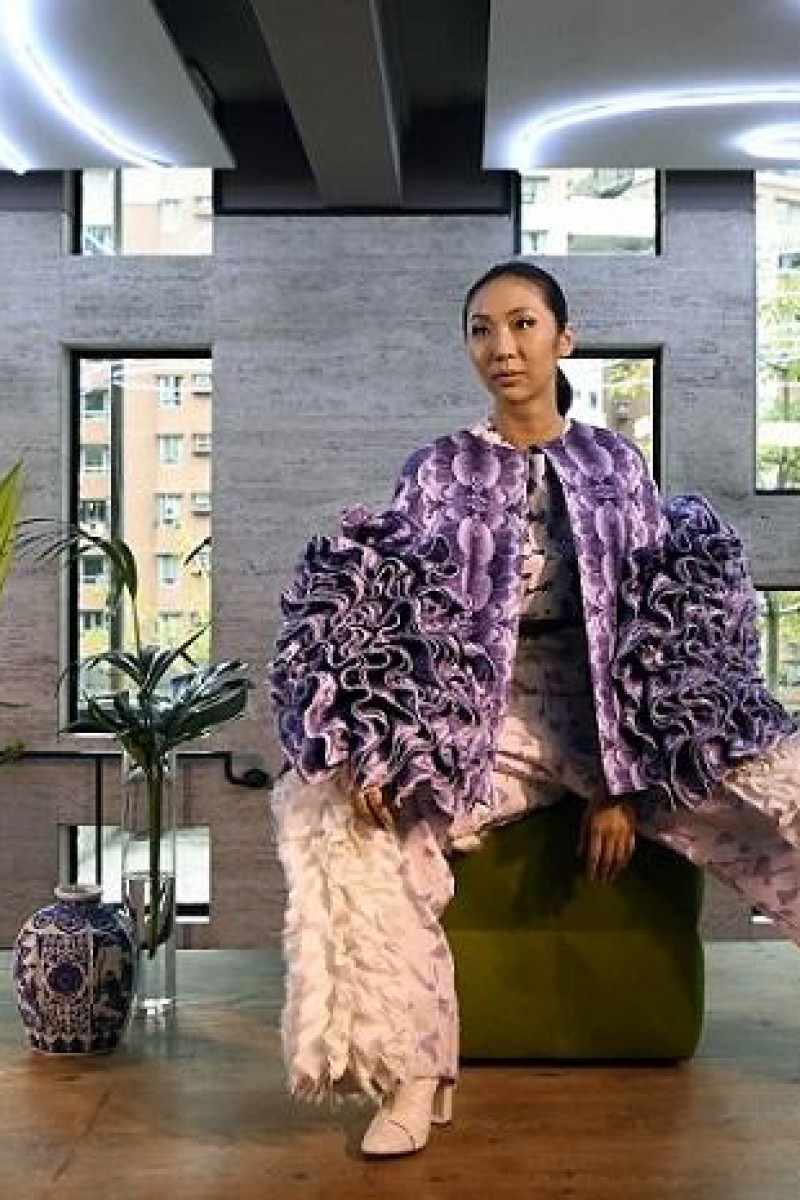
Listen to this article
Two of Hong Kong’s most promising design graduates talk about their creative process, from the sketch pad to the catwalk
Joanne Ma |
Published:
Sign up for the YP Teachers Newsletter
Get updates for teachers sent directly to your inbox
By registering, you agree to our T&C and Privacy Policy
Sign up for YP Weekly
Get updates sent directly to your inbox
By registering, you agree to our T&C and Privacy Policy